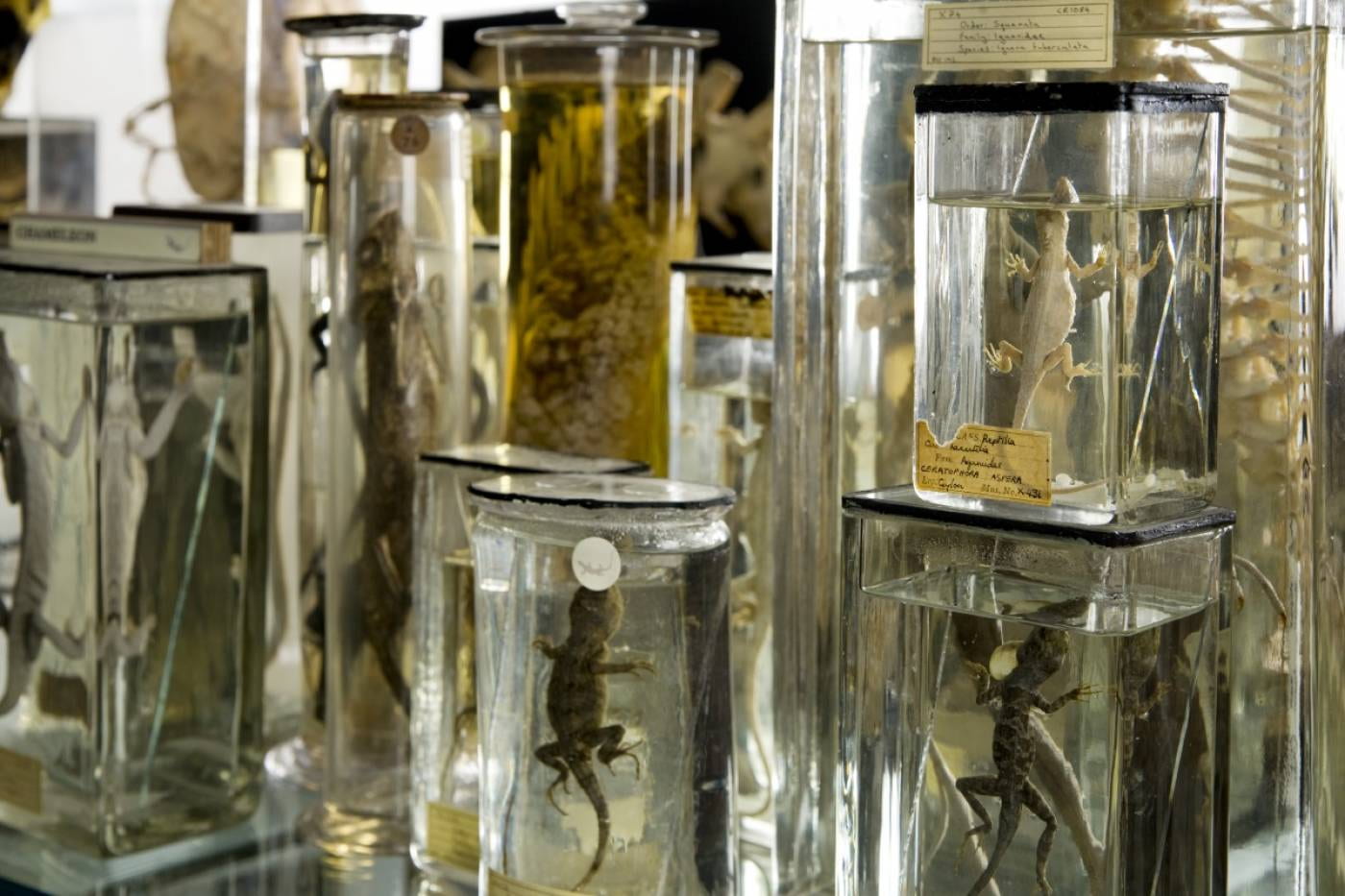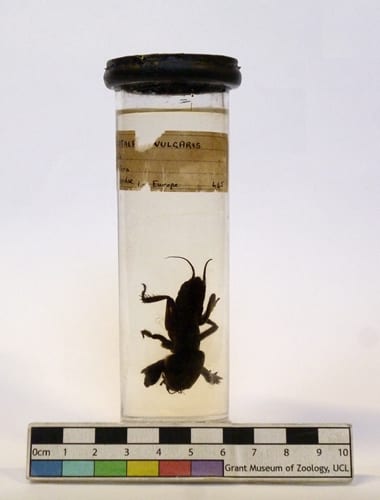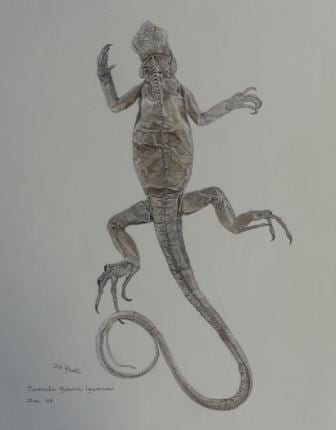How do you move an Auto-Icon?
By Katie Davenport-Mackey, on 26 March 2020
Until recently, the ‘Auto-Icon’ of the eccentric English philosopher – comprising Bentham’s skeleton and wax head – sat in a wooden box in the corner of the Wilkins Building, dressed in 18th century clothing and holding Bentham’s favourite walking stick known as ‘Dapple’.
Bentham is UCL’s most popular museum exhibit, attracting visitors from all over the world. His new home provides greatly enhanced preservation conditions, better visitor access and a place at the centre of the student community.
We asked Christina McGregor, Head of Collections Management at UCL Culture what is involved in conserving and moving Jeremy Bentham.
 Close
Close





